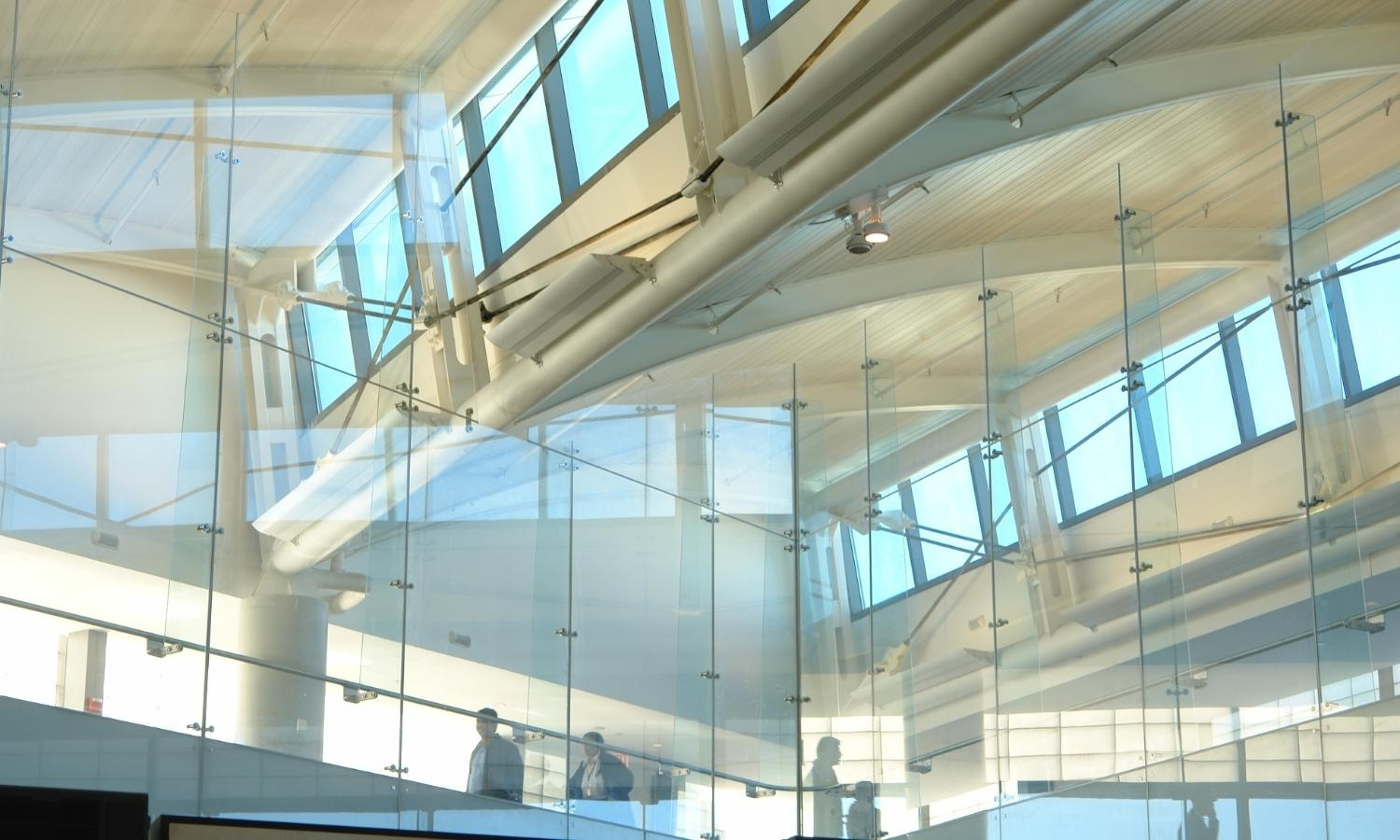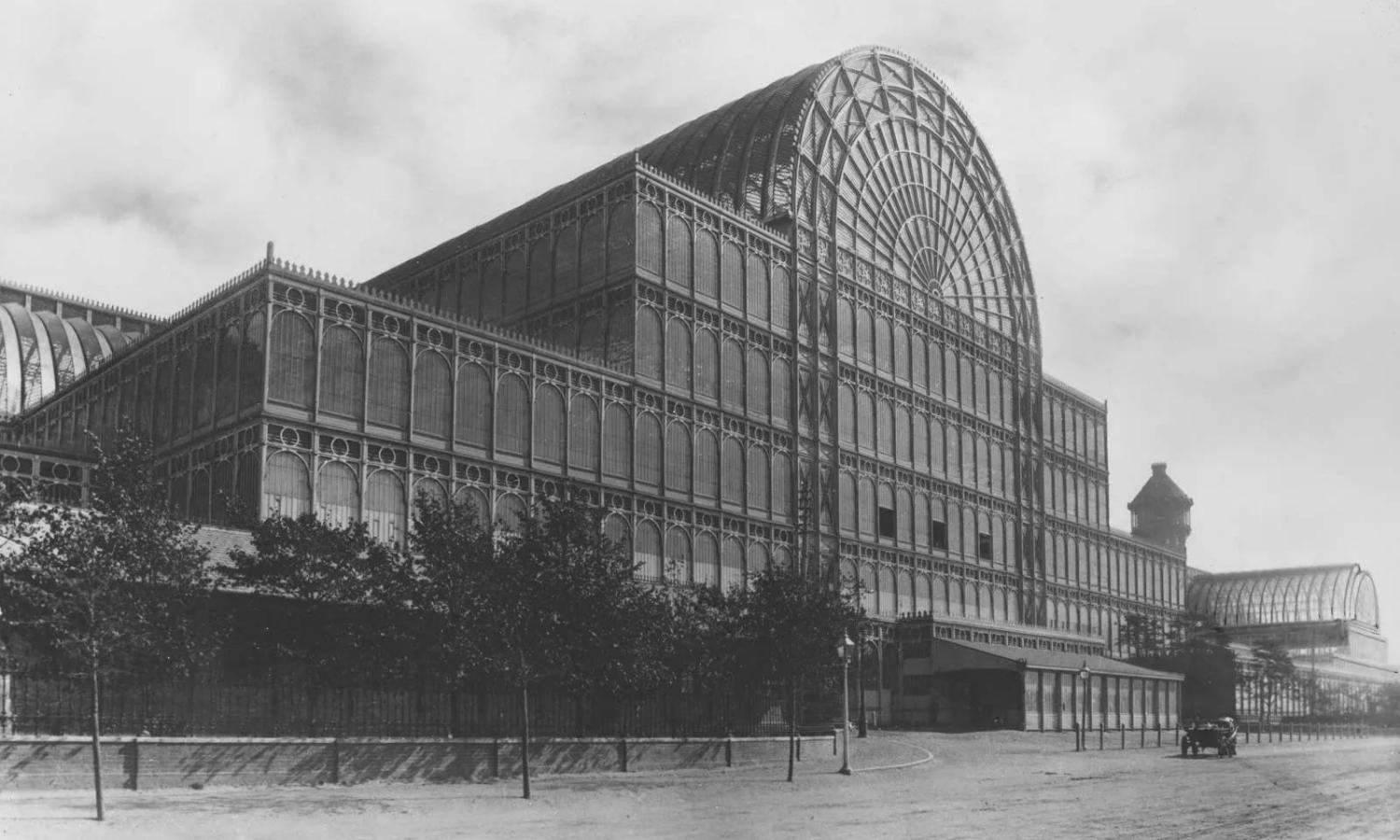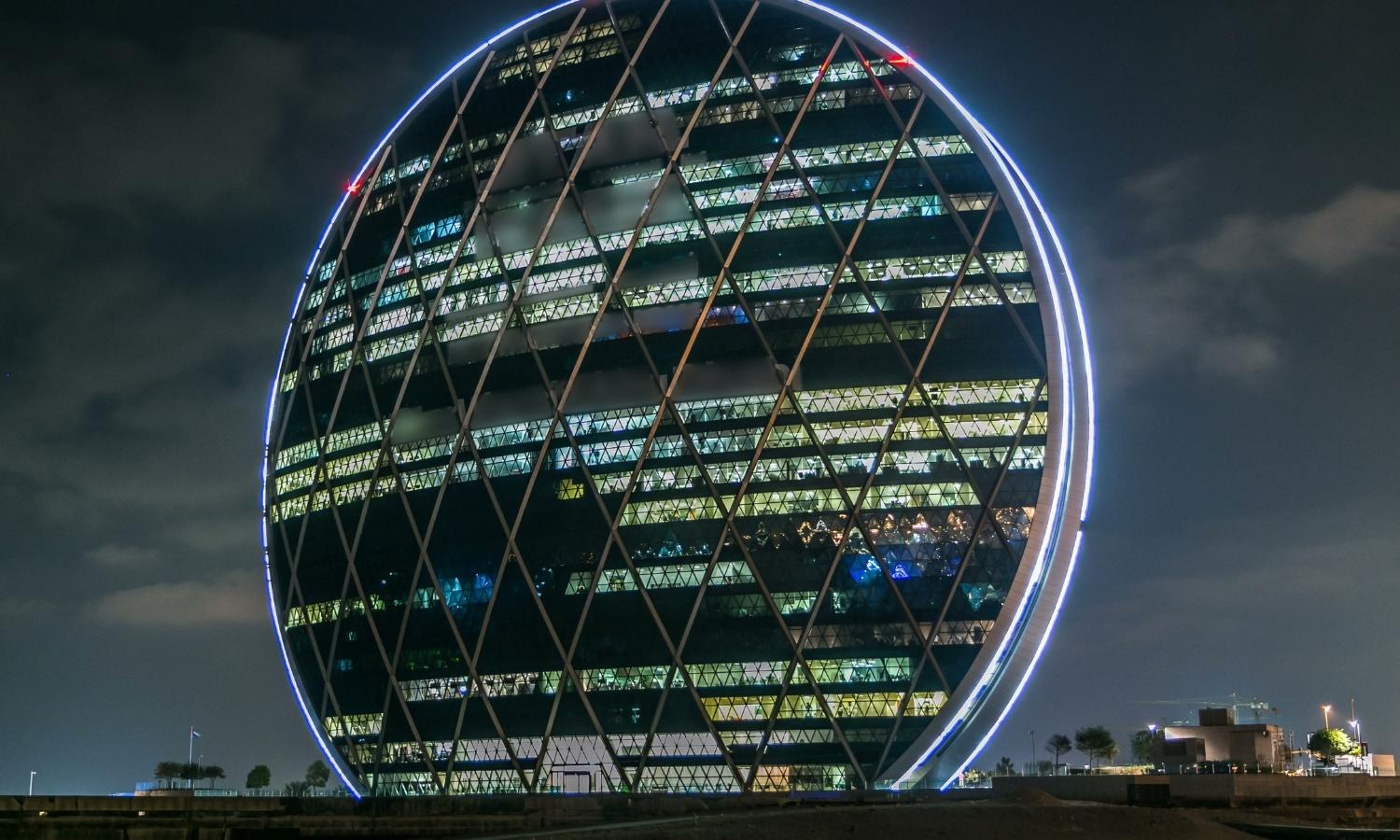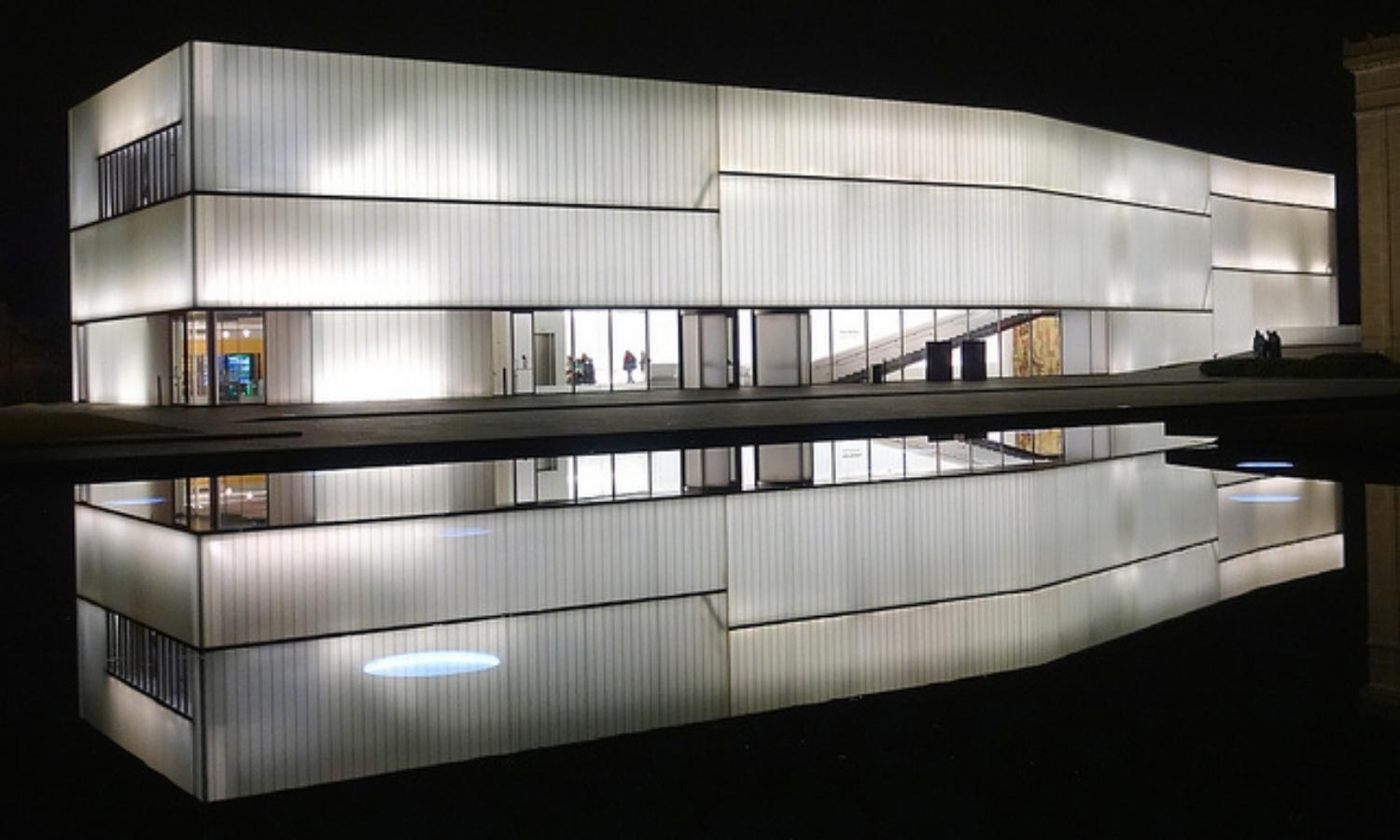- Details
The Ultimate Guide to the Uses of Architectural Glass

Glass is one of the most beautiful, brilliant, and eye-catching architectural materials. From traditional architectural mirror glass to glass flooring, there are many uses of glass in modern architecture. The use of glass in architecture provides an opportunity for natural and controlled lighting, depending on the design and placement of the glass itself. Understanding the uses of architectural glass in history and in modern design can help when constructing or remodeling a building of your own.
The History of Glass
Glass can be dated back to more than 4,000 years ago, in the Mesopotamia era. It is important to note that there are two main types of glass that are also known as naturally occurring glass around the world: fulgurite and obsidian. Obsidian glass is typically found around active volcanoes where lava has cooled far too quickly in order for it to successfully crystalize. Fulgurite glass, on the other hand, is often formed only after the sand has been struck directly by lightning. When people reference glass, they are often speaking about glass that is derived from sand, which is much more commonly used in architecture and building industries.
How Glass is Made
Glass is made with powerful heating tools and objects that help to meld natural materials together, forming glass sheets and pieces in the proper atmosphere and environment. Glass can also be made with the proper combination of natural materials, including silica, or sand. For most glass mixtures, 70% silica (sand), 18% sodium oxide, and 12% calcium carbonate (lime) can be used to create glass. It is also possible to use additions such as material including manganese dioxide in order to remove any potential colorings and impurities that may first appear while creating the glass.

Where to Use Architectural Glass
If you are searching for innovative use of glass in architecture, you will find that you have virtually endless options, especially once you begin researching how architectural glass has been used and applied all throughout history. Using architectural glass is not only reserved for high-society art projects, as it is possible to implement a glass counter into any home space to fit your design preferences and personal style. Other ways to consider utilizing architectural glass in your own home or personal space might include:
- Countertops: Installing a glass counter is possible in your home's kitchen or even in bathrooms you have for yourself and for guests.
- Flooring: Installing glass flooring is a bigger project to take on, but can result in uniquely lit and reflective floors that you have never seen or experienced before.
- Walls: If you are feeling extra creative, consider implementing an entire glass wall to draw attention to a particular room or space in your home.
- Mirrors: Customized architectural mirrors are also available to use as a focal point of a space or to help draw attention to the reflective nature of the mirror itself.
- Exterior designs: One of the most common uses of architectural glass includes building structures for the exterior of buildings, both residential homes, and commercial properties alike. Using architectural glass to complete the look and aesthetic of a property can go a long way in terms of curb appeal as well as the overall value of your home or place of business itself.
- Standalone art installations: For those who are actively engaged with the commercial art scene, building standalone art installations with the use of architectural glass is extremely popular. The use of glass can attract attention from miles away, and can provide a beautiful and peaceful atmosphere for all of those in its presence. Using architectural glass to build and erect standalone art installations is one of the most popular choices for those who are interested in making a statement as artists or even as architects themselves.
When to Use Architectural Glass
Although you are now likely more familiar with where architectural glass is more commonly used, you may be wondering when it is most appropriate. Implementing architectural glass in your own residential home can be done at any time, especially if you are committed to a complete remodel or makeover of your space. You can also consider using architectural glass in the following scenarios, whether you are an architect or if you are a designer in charge of leading an active project:
- Whenever you are working on planning a launch or a release for a product, service, or company.
- If you are looking for a way to make an entrance as a business or brand, especially when you are working in a highly competitive or overly saturated market.
- If you are in the process of constructing a new commercial or residential building and you want to find a way to help it stand out and/or attract new potential residents and consumers.

Advantages of Using Glass in Architecture
The use of glass is not solely to allow natural lighting into a covered and protected space. In fact, glass has many aesthetic advantages as well. Some of the most notable visual and practical benefits of using glass in architecture include:
- Flexibility and creative freedom: Glass can be blown and created into a vast number of shapes and with the use of many colors. Glass can also be pressed and drawn, providing plenty of options when it comes to creating the glass for a project itself.
- Transparent and translucent options: Architects and builders alike have the choice between translucent and transparent glass along with various colors to ensure that the project they are working on is completed in the manner they envision.
- Space: Using glass provides for plenty of space and additional room for building and managing the interior of a space. Glass is thin, sleek, and can fit in just about any structure when properly blown and created for a project on an individual basis.
- Smoothness: Fortunately, finished glass is not only extremely visually appealing but is also easier to clean due to the nature of its smooth surface area. Keeping glass clean is simple once it has been smoothed and primed for the space you intend to use it in.
Why Use Glass in Architecture Today?
Using glass for any type of architectural project provides plenty of advantages, including the ability to construct a building or structure that is as energy-efficient as possible. The use of glass as a filter for natural light can also protect individuals inside the space from receiving potentially harmful UV rays, as the glass helps to resist and deflect the rays themselves, preventing the glass from absorbing the harmful rays.
Glass, when properly blown, installed, and insulated, will also have a much smaller impact on the overall environment. Managing the climate and maintaining the climate inside of a space is possible with the right type of glass as well as glass that is designed to increase the energy efficiency of an indoor space. Glass is also affordable, as it is readily available in most countries around the world, and it also provides an aesthetic appeal that is not available with many light-creating.
Uses of Architectural Glass in History
Throughout history, there have been many buildings and structures erected with the use of architectural glass, colored as well as clear. Learning about applications of glass in architecture and famous glass house architecture that contributed to the way we work with and use glass today can help to spark inspiration for any architectural project.
The Crystal Palace
One of the most famous and well-known locations designed and constructed with the purpose of displaying how bright and brilliant glass can be was The Crystal Palace. Constructed in 1850, The Crystal Palace was a glass-lined building that was designed and developed by Joseph Paxton, who ironically is also responsible for cultivating the most popular banana eaten around the world today. The Crystal Palace was a whopping 992,000-square foot building that was lined with glass windows, from left to right as well as from ceiling to floor. The entire structure was built to work with glass, rather than adding in glass and windows later on during construction. The structure, because of how massive it was, was also built in record time, which is why it is still known as a famous glass structure in architectural history. Unfortunately, in 1936, The Crystal Palace caught on fire after an explosion took place in an isolated area of the building. Even with 89 fire trucks, the fire was unable to be tamed, and the entire palace was destroyed.

The Louvre Pyramid
If you find yourself in awe when looking at old photographs of The Crystal Palace, you will likely feel similarly when glancing at The Lovre Pyramid, located in France. The Louvre Pyramid is aptly named, as it is located near the entrance of France's Louvre Museum. The Louvre Pyramid itself is composed of all glass, with 673 individualized glass sections for sheets of glass that have been specifically designed for the pyramid itself. Altogether, The Louvre Pyramid stands at 70 feet tall and includes an entrance area for guests to enter and walk beneath before they are guided directly into The Louvre Museum.

Sears Tower
If you live in the United States, you have more than likely heard of the Sears Tower. The Sears Tower, located in Chicago, Illinois, is not just a standard tower or skyscraper. The tower itself includes glass balconies, which can be used by visitors to get a true bird's eye view of the city. The Sears Tower Glass Balconies, or the official name for the glass towers, stand at a whopping 1,353 feet tall. Those who are interested in seeing all that Chicago has to offer can do so by visiting the Sears Tower and stepping directly into one of the Sears Tower Glass Balconies themselves.

Nelson-Atkins Museum of Art
If you enjoy discovering new art and learning about new artists but want to do so at a location that is not as populated or crowded, consider heading to the Nelson-Atkins Museum of Art, located in southern Kansas City, Missouri. The Nelson-Atkins Museum of Art has recently been upgraded with a brand new wing that includes a modern glass architectural design. While the Nelson-Atkins Museum of Art is classically known for its traditional Roman-style structure and building, the new modern glass-based building, known as the "Bloch Building", has since been placed near the structure and has become the talk of the town. The Bloch Building is not just made of glass, but of frosted and tinted glass with built-in lighting fixtures that create a cozy and inviting glow on the building. The juxtaposition of the Roman structure next to the Bloch Building really helps this location to stand out.
Aldar Headquarters (Abu Dhabi)
Constructed in 2010, the Aldar Headquarters glass structure appears as a giant and oversized clam reaching toward the sky. The clam design is said to represent the heritage of those who are native to Abu Dhabi, and its ability to open and grow.
The Aldar Headquarters glass structure is extremely massive and complex, requiring both circular and triangular pieces of glass to complete the building itself. One feature that helps this glass structure stand out from many others around the world is the lack of a roof. The Aldar Headquarters structure does not have a standard or traditional roof, as the structure itself is circular and uses a diagrid pattern to complete its design. Using curved glass walls, the structure is fitted together, again resembling the clamshell design that was part of the original vision for the project.

Design a Stunning Architectural Glass Installation With Jockimo
Learning about the use of glass in modern architecture is a great way to drum up inspiration and brainstorm new design and remodeling projects. From using glass as a centerpiece in a building to implementing glass structures that create the entire shape of a skyscraper, there are virtually endless uses and opportunities to work with glass when it comes to modern architecture today.
With more than 25 years of experience in the architectural glass industry, the Jockimo team has the tools and the knowledge needed to design and create a one-of-a-kind glass product that will perfectly complement your architecture. From glass flooring to walkways and everything in between, Jockimo has the architectural glass product for you. For more information or to get started designing the glass installation of your dreams, contact our team today!
Ready for More? Here Are Some Related Articles:
Why Businesses Should Install a Walkable Skylight
Financial Advantages of Daylighting for Commercial and Residential Buildings


